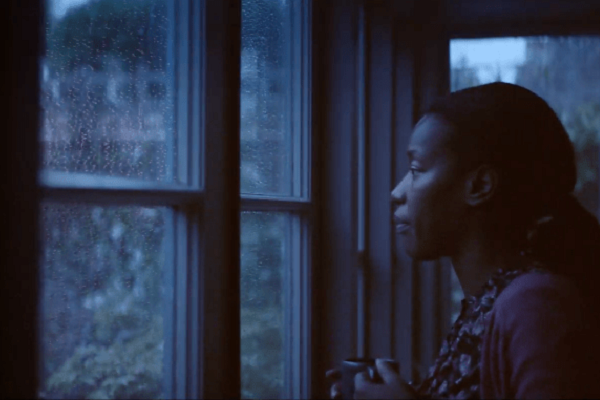Amazon Alexa Ad Demonstrates How Voice Assistants Can Aid the Visually Impaired

Amazon created a new ad which demonstrates how its Alexa voice assistant can help the visually impaired. The ad highlights how digital assistants can improve accessibility for people with disabilities, with the underlying benefit of making Amazon’s Alexa look like a positive social force.
Morning Ritual Voice Assistant
The ad is called Morning Ritual which has both a 30 second and minute-long version. Created by ad agency Joint London, the ad walks through a woman’s morning routine which includes frequent interactions with the Alexa voice assistant. The viewer only eventually notices the fact that the woman is unable to see, as she faces a rain-soaked window and asks Alexa what the weather is like. The whole visual impairment experience is enhanced by the low-lighting throughout the video.
Amazon and Joint London worked with the Royal National Institute of Blind People to create the video, part of a partnership between the RNIB and Amazon. As part of the arrangement, Amazon staff are also training people at the RNIB on how Alexa can help those with visual impairments.
Accessibility by Voice
Using voice assistants to improve the lives of people with visual and other impairments is often an under-discussed aspect of the technology. But, more organizations are experimenting with using Alexa and its rivals to help those who cannot see as digital assistants become more ubiquitous. Even without specialized programs, voice assistants can be a help.
“I have a number of Echo devices in my home and have been impressed with how Amazon constantly enhances the Echo. Alexa can be life changing for the visually impaired,” said Tony Cancelosi, CEO of Columbia Lighthouse for the Blind in an email to Voicebot. “It was great to see Amazon enable users to increase the speed of Alexa’s speech. Something that is particularly appreciated by those with vision challenges.”
The power of voice technology as an aid for people with disabilities isn’t limited to visual impairment either. Hearing impairments are less of a barrier to communication with a voice assistant that can turn spoken words into text, or even replay it for hearing aids that rely on bone conduction. Voice can also be a powerful tool for those who may not be able to type on a keyboard or use a touchscreen, replacing those tools with a digital assistant that understands what someone is saying.
For Amazon, highlighting the accessibility potential of Alexa has the salutary effect of good publicity. Right now, Amazon and other voice assistant makers are embroiled in concern from consumers and regulators over who has access to what recordings made by Alexa. Making changes to its program of giving clips to contractors for quality control may help, but highlighting the way Alexa can raise the quality of life of people with disabilities could be useful in changing the discussion surrounding their voice assistant.
Follow @voicebotai Follow @erichschwartz








